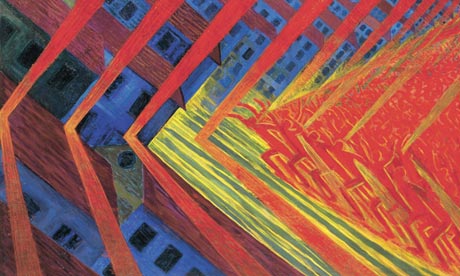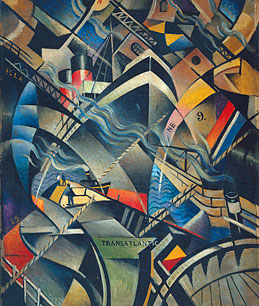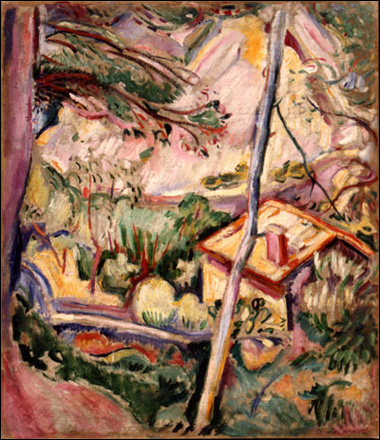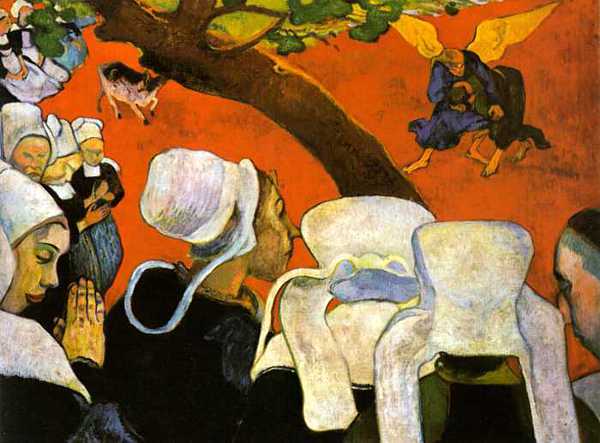It was an artistic movement that brought together artists, thinkers and researchers in hunt of sense of expression of the unconscious. They were searching for the definition of new aesthetic, new humankind and a new social order. Surrealists had their forerunners in Italian Metaphysical Painters (Giorgio de Chirico) in early 1910's.
As the artistic movement, Surrealism came into being after the French poet Andre Breton 1924 published the first Manifeste du surrealisme. In this book Breton suggested that rational thought was repressive to the powers of creativity and imagination and thus inimical to artistic expression. An admirer of Sigmund Freud and his concept of the subconscious, Breton felt that contact with this hidden part of the mind could produce poetic truth.
Famous Surrealist artists include Marcel Duchamp, Salvador Dali, Max Ernst, Georgia O’Keeffe, Pablo Picasso, MC Escher, Joan Miro, Rene Magritte, and Man Ray.
Salvador Dali
Spanish painter, sculptor, graphic artist, and designer. After passing through phases of Cubism, Futurism and Metaphysical painting, he joined the Surrealists in 1929 and his talent for self-publicity rapidly made him the most famous representative of the movement. Throughout his life he cultivated eccentricity and exhibitionism (one of his most famous acts was appearing in a diving suit at the opening of the London Surrealist exhibition in 1936), claiming that this was the source of his creative energy. He took over the Surrealist theory of automatism but transformed it into a more positive method which he named `critical paranoia'. According to this theory one should cultivate genuine delusion as in clinical paranoia while remaining residually aware at the back of one's mind that the control of the reason and will has been deliberately suspended. He claimed that this method should be used not only in artistic and poetical creation but also in the affairs of daily life. His paintings employed a meticulous academic technique that was contradicted by the unreal `dream' space he depicted and by the strangely hallucinatory characters of his imagery. He described his pictures as `hand-painted dream photographs' and had certain favorite and recurring images, such as the human figure with half-open drawers protruding from it, burning giraffes, and watches bent and flowing as if made from melting wax (The Persistence of Memory, MOMA, New York; 1931).
In 1937 Dalí visited Italy and adopted a more traditional style; this together with his political views (he was a supporter of General Franco) led Breton to expel him from the Surrealist ranks. He moved to the USA in 1940 and remained there until 1955. During this time he devoted himself largely to self-publicity; his paintings were often on religious themes (The Crucifixion of St John of the Cross, Glasgow Art Gallery, 1951), although sexual subjects and pictures centring on his wife Gala were also continuing preoccupations. In 1955 he returned to Spain and in old age became a recluse.
Apart from painting, Dalí's output included sculpture, book illustration, jewellery design, and work for the theatre. In collaboration with the director Luis Buñuel he also made the first Surrealist films---Un chien andalou (1929) and L'Age d'or (1930)---and he contributed a dream sequence to Alfred Hitchcock's Spellbound (1945). He also wrote a novel, Hidden Faces (1944) and several volumes of flamboyant autobiography. Although he is undoubtedly one of the most famous artists of the 20th century, his status is controversial; many critics consider that he did little if anything of consequence after his classic Surrealist works of the 1930s. There are museums devoted to Dalí's work in Figueras, his home town in Spain, and in St Petersburg in Florida.




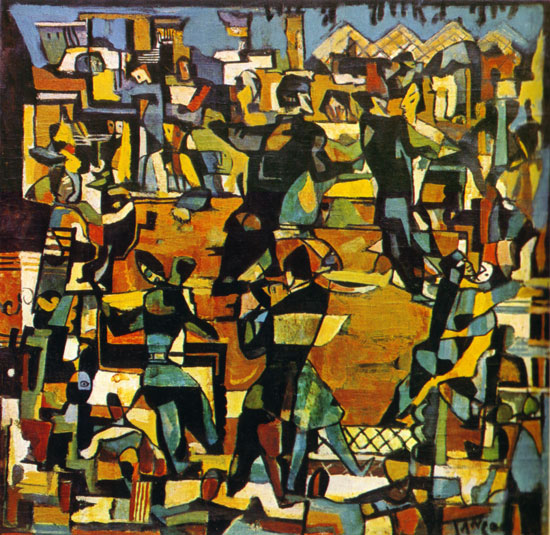
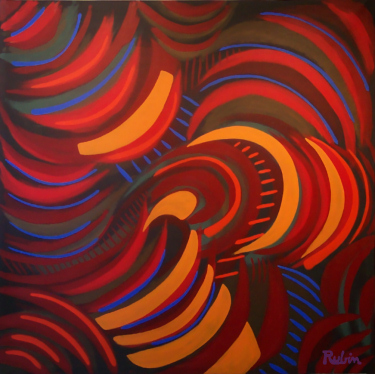

.jpg)


